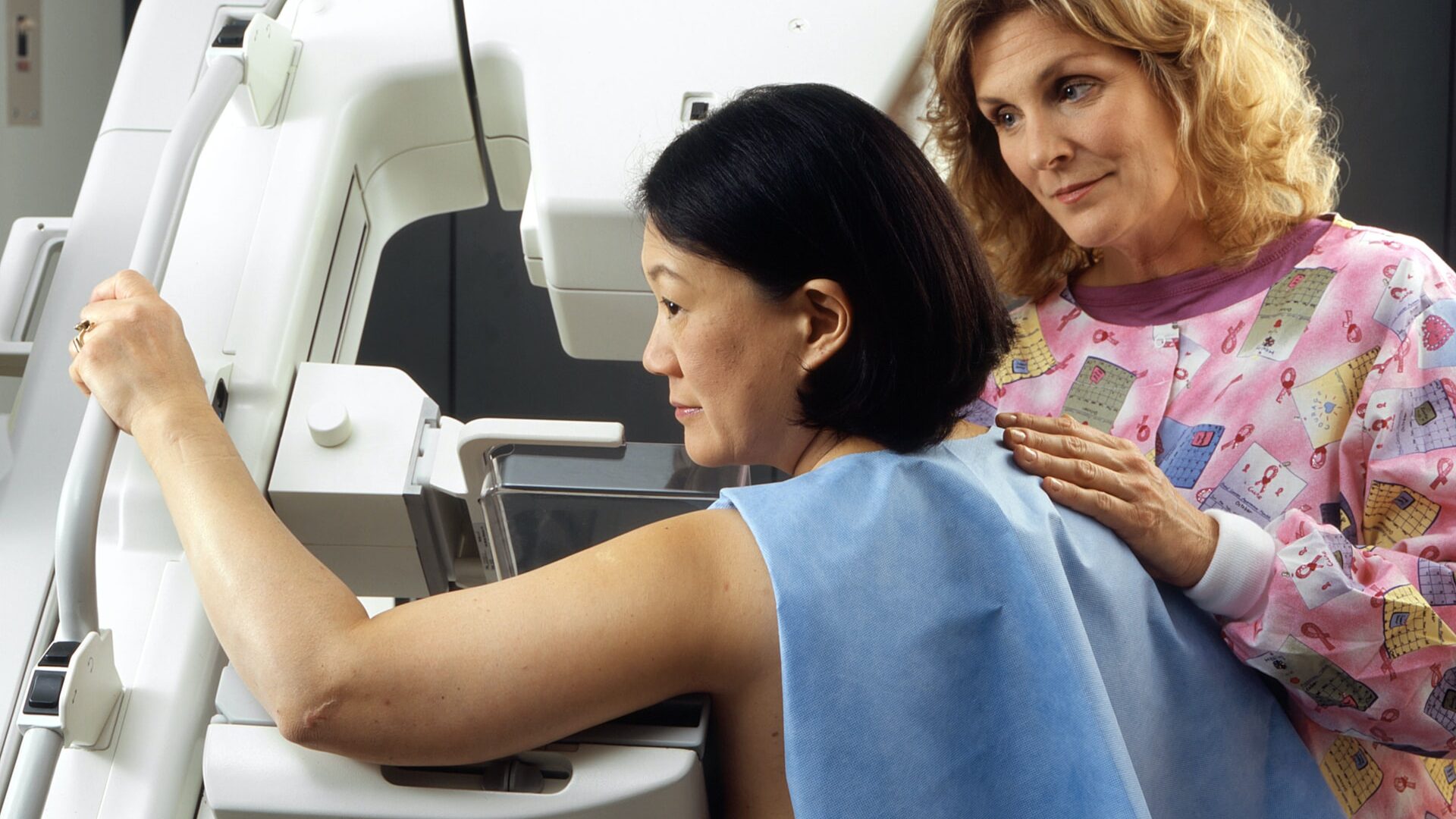Reviewing 50 Years of Progress in Women’s Health

As abortion comes under threat in the United States, a perspective article looks back at the progress made in women’s health, seeing significant improvements in areas like equitable access to health care and survivorship.
However, the article’s authors argue there is still a long road ahead, despite all of the progress.
The United States, for example, still has the highest rate of maternal death among high-income countries, particularly among African American women.
As the United States Supreme Court prepares to hear a Mississippi abortion case challenging the landmark 1973 Roe v. Wade decision, some experts are questioning whether the progress made in women’s health may be winding back.
Cynthia A Stuenkel, MD, clinical professor of medicine at University of California San Diego School of Medicine, and JoAnn E Manson, MD, DrPH, professor of epidemiology at Harvard TH Chan School Of Public Health, review 50 years of progress in women’s health in a perspective article published online in New England Journal of Medicine.
“Reproductive justice is broader than the pro-choice movement and encompasses equity and accessibility of reproductive health care, as well as enhanced pathways to parenthood,” wrote the authors.
In addition to Roe v. Wade, they authors reviewed advances in reproductive health including:
- The 1972 US Supreme Court ruling on Eisenstadt vs Baird ensuring unmarried persons equal access to contraception
- The 2010 Affordable Care Act in the US made contraceptives an insured preventive health benefit
- The Reproductive technology advances, including in vitro fertilisation, genetic testing and fertility preservation by cancer specialists
Advances in women’s health encompass more than reproduction, the authors wrote. As interest and focus has expanded to all stages of a woman’s life, science has begun to catch up to the specialised needs of women and sex-specific risk factors for chronic diseases that disproportionately affect women’s health, such as autoimmune diseases, mental health, osteoporosis and coronary heart disease.
- Progress in breast cancer care and prevention resulted in a five-year overall survival rate of 90%
- The human papillomavirus (HPV) vaccine reduced cervical cancer mortality fell by 50%
“Moving forward, it will be essential to recognise and study intersectional health disparities, including disparities based on sex, race, ethnicity, gender identity, sexual orientation, income and disability status. Overcoming these challenges and addressing these inequities will contribute to improved health for everyone,” wrote the authors.
Source: News-Medical.Net
Journal information: Stuenkel, C. A., et al. (2021) Women’s Health — Traversing Medicine and Public Policy. New England Journal of Medicine. doi.org/10.1056/NEJMp2105292.






